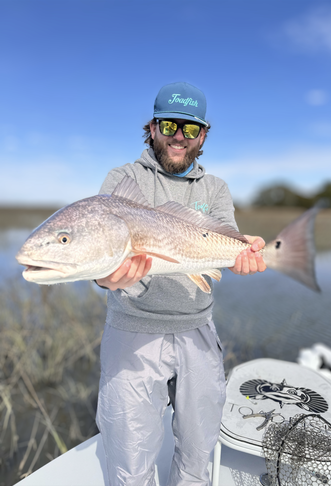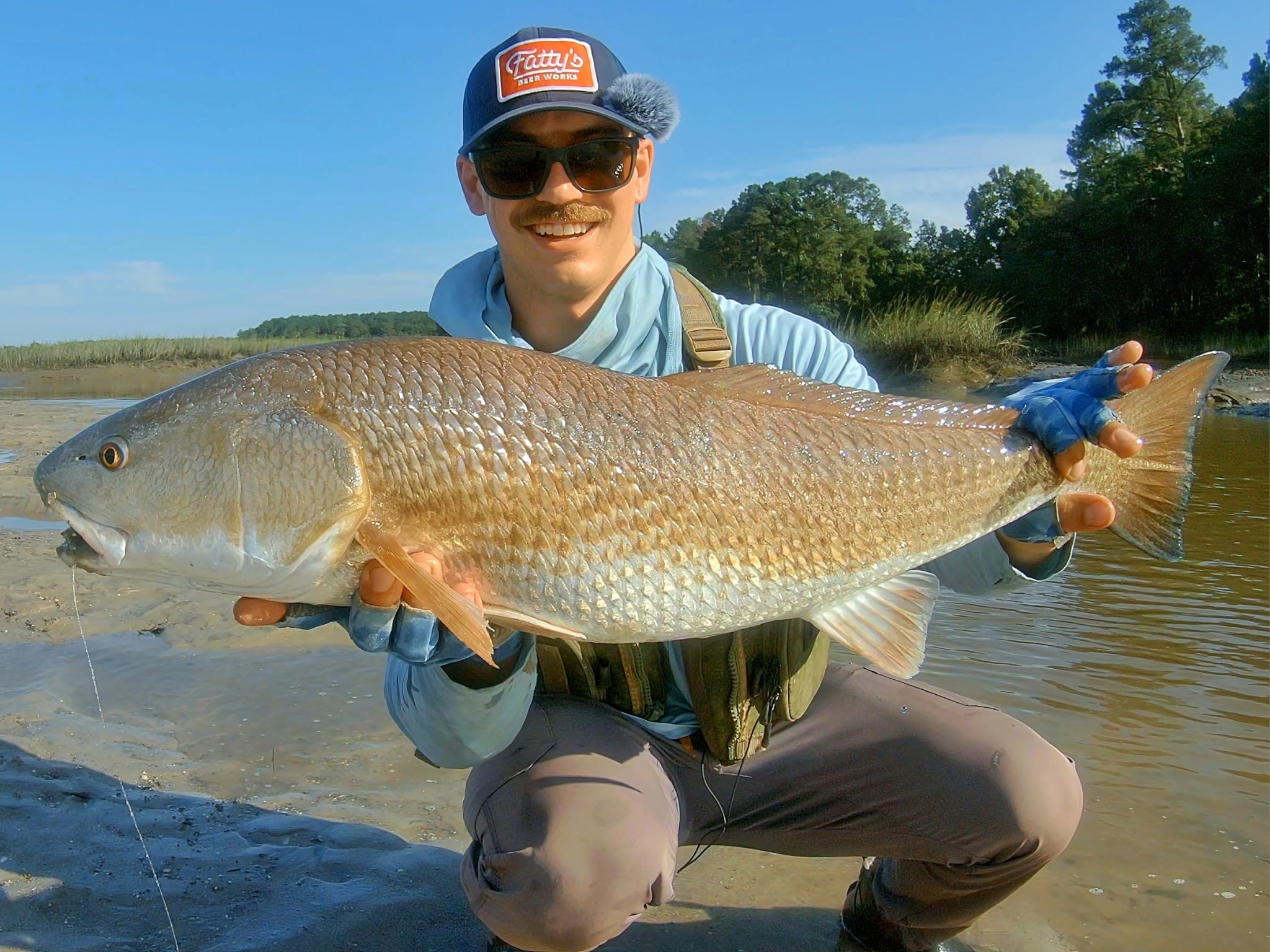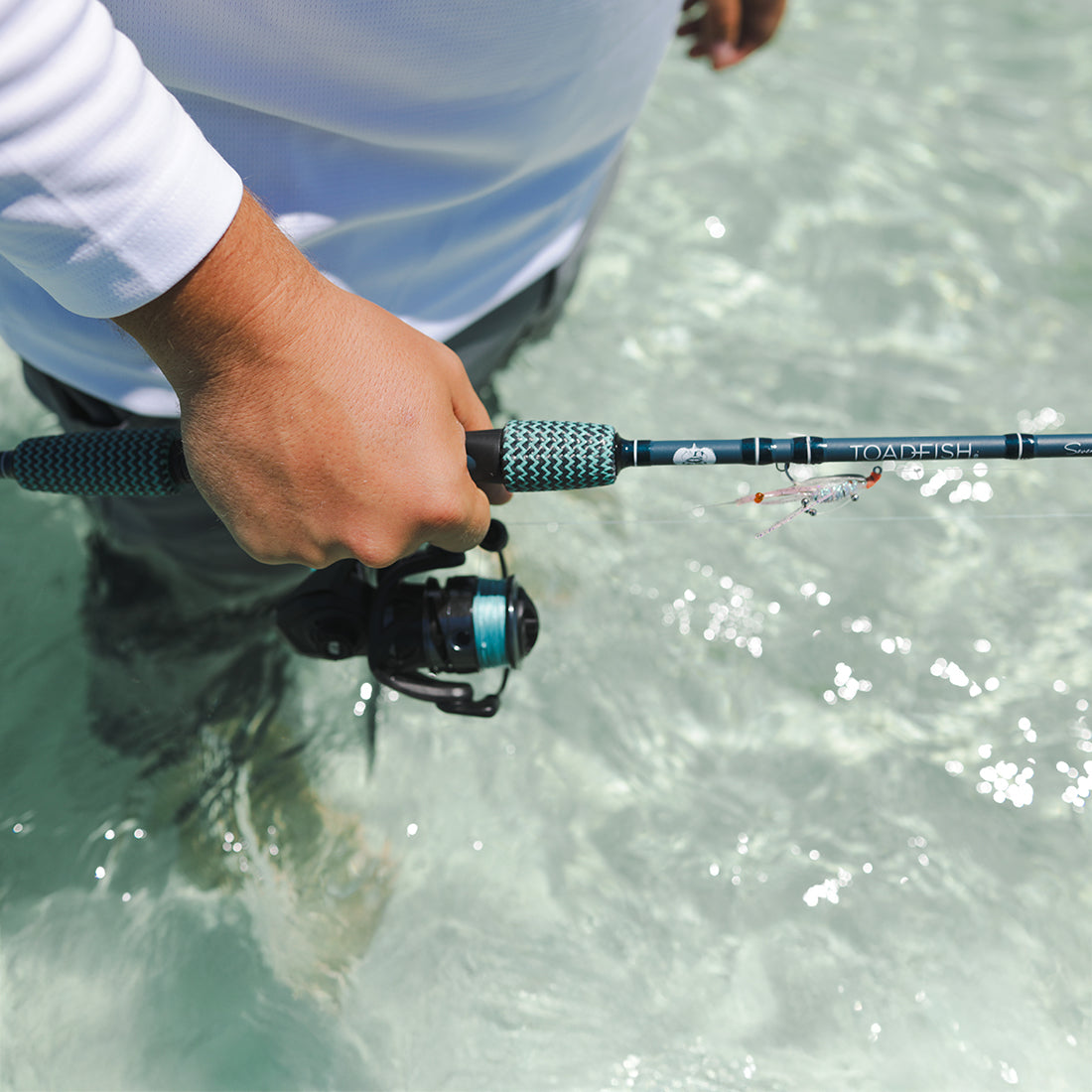
Releasing Your Catch
Every conservationist's goal should be to have the resources we enjoy around 100 years from now. This week, as we dive into the world of fisheries, we must think of ways to help conserve while still enjoying ourselves. One of the most significant ways we can enjoy ourselves on our conservation journey is by fishing. Not only does it help fund your local DNR with license sales, but you also get hands-on experience with what you are helping conserve. If you are in and around Charleston, SC, fishing for one or all of our inshore gamefish Red Drum, Trout, Flounder, and Sheepshead. Even if you are fishing for largemouth bass in your neighborhood pond, It is crucial to handle your fish correctly!
💡 Did you know
That fish gills are a multifunctional used for things other than filtering air out of the water. Some other functions they serve are ammonia excretion, hormone production, modification of circulating metabolites, and immune defense
How To Release A Healthy Fish?
- You always want to have the proper tackle for the targeted fish. You want to land the fish with as little stress as possible.
For any fish below 25 inches, I would recommend the Carbon Elite Combo.
If you regularly catch fish that take a long time to recover, increase the size of your tackle.
- A knotless rubber net is the most universally accepted item to land a fish. The rubber coating does not tear or pull anything on the fish.
Be sure to handle the fish with wet hands and as little as possible.
(If you handle the fish to much you run the risk of removing the protective slime it has along its body.)Never hold a fish by its jaw, gills, or eyes. Try to always have a fish gripper on board to help initiate and maintain control of the fish through the duration of handling.
Large fish, like tarpon and sharks, should never be brought into the boat because this could injure them.
Remove the hook as quickly as possible. A dehooking tool lets anglers quickly remove the hook from a fish.
Always be sure to release your fish headfirst into the water.

💥Pop Quiz💥
1. Which species is known as the devil fish?
A. Toadfish
B. Flounder
C. Clown Fish
D. Manta ray
How To Handle Fish Caught From A Pier?
Many of the same rules apply to pier fishing as to boat fishing.
- Always be sure to have the proper gear. This could be the correct size gear for fishing or a pier retrieval net.
- You must be prepared to dehook the fish as quickly as possible.
- Only handle your fish with wet hands.
- If you cannot lift the fish, do not let your testosterone get the best of you. Cut the line as close to the fish as possible before the release.
💥Pop Quiz💥
2. What is the slime on the fish called?
A. Slime Coat
B. Mucus Layer
C. Snot
D. Fish Cold
How To Properly Take Pictures With Your Fish?
For better or worse social media is apart of our lives. So we must learn to deal with it and know that people want to take photos with their fish. Now, we at Toadfish love a good "fish pic." But taking proper care of the fish you are photographing is vital.
Following all the previously discussed rules, here are a few extra.
- Have a time limit for your photoshoot. Most fish are relatively durable, but it is essential to remember that they can't breathe out of the water. My rule of thumb is to keep a fish out of the water for as long as I can hold my breath. (around 30-45 seconds)
- Always support the belly of the fish. Imagine being held by your mouth with gravity pulling everything down; it's pretty uncomfortable. Now, If you were laid out flat, everything becomes a little more bearable.
💥Pop Quiz💥
Answers:
1. D (Manta Ray)
2. A (Slime Coat)








Share:
Why Are Fishing Regulations Important?
Why Do Size Limits And Bag Limits Matter?
1 comment
Esmeralda Ball